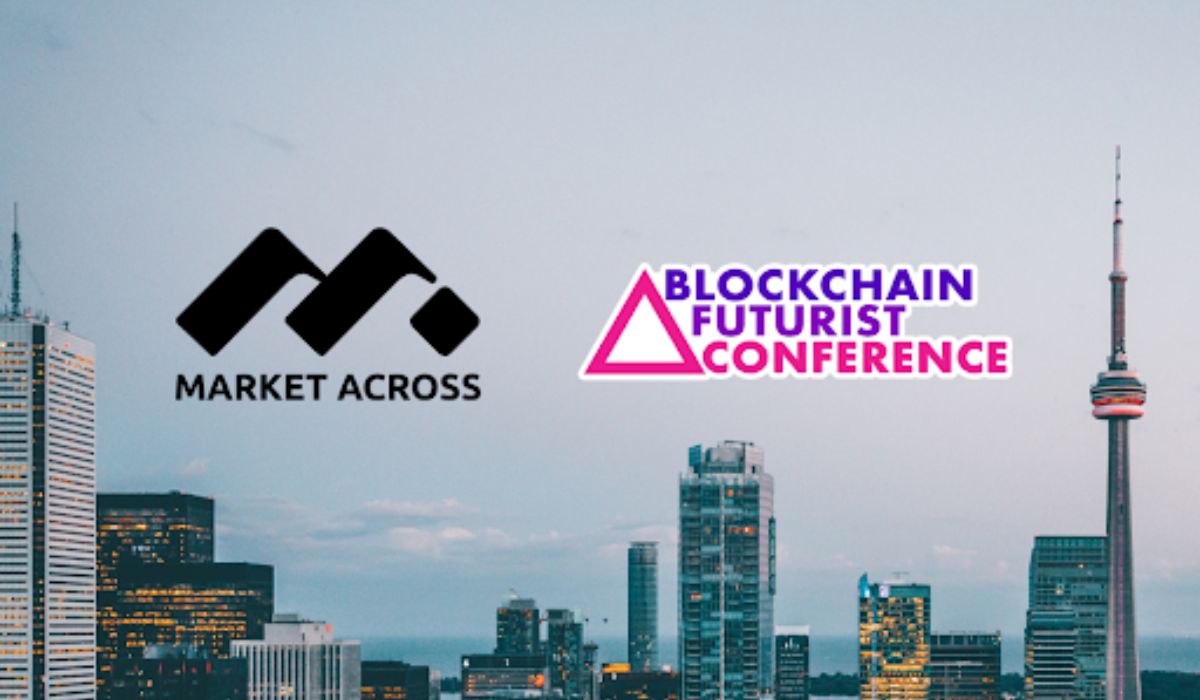Museums save NFTs. Will luxury remain committed to Web3?

This article is based on a piece that originally appeared in Jing Daily’s sister publication Jing Culture & Crypto.
Uncertain times lie ahead for the previously hyped metaverse and Web3 sectors as we approach the end of the first quarter of 2023. Last year’s race among luxury and fashion brands, auction houses and cultural institutions to jump on the Web3 bandwagon is giving way to greater caution as the conversation shifts against artificial intelligence (AI) platforms such as ChatGPT.
Just months ago, luxury’s growing interest Web3 was clearly shown as Tiffany & Co. released $5,000 CryptoPunk-inspired pendants and global K-Pop sensation BlackPink held a very popular one virtual concert series. This year, luxury brand interest in NFTs and the metaverse has remained somewhat stagnant after steadily growing investments in 2021 and 2022 spurred by unpredictable COVID shutdowns in China – often confining luxury-hungry consumers to virtual spaces – and high-octane VC-backed hype.
There are exceptions and holdouts. Prada, for one, has maintained its monthly phygital Time capsule drops since its debut in December 2019, and Parisian brand Balmain is set to start a series of NFTs based on the Unicorn sneaker in collaboration with Web3 fashion brand Space Runners. Other brands continue to validate the Web3 site regularly with a particular eye on more practical benefits, such as product authentication or VIP benefits.
This has manifested itself in a shift away from the utopian lexicon of 2021-2022 to more low-key terminology, particularly among luxury brands. As Jing Daily recently noted, one way brands have done this is by demystifying the technology, especially the related jargon, and making it more accessible.

The Center Pompidou in Paris recently acquired several NFTs in a major coup for the digital art space.
As Adriana Hoppenbrouwer, co-founder and CMO of digital fashion house The Fabricant, notes: “We deliberately don’t use any of the traditional Web3 language on our site, because we don’t want to exclude anyone who doesn’t understand it.”, she adds. Similarly, brands Zero10 and The Institute of Digital Fashion (IoDF) avoid overuse of metaverse jargon, instead favoring terminology such as “tech-forward”, “AR solutions” and “digital collectibles”.
This is in line with a trend among marketing and branding professionals to minimize the use of terms and expressions associated with crypto-boom-and-bust in 2021 and 2022, moving away from the likes of “NFT”, “blockchain” and “crypto” and against “decentralized systems” and the aforementioned “digital collectibles.”
But while luxury and fashion brands maintain a cautious approach, cultural institutions may throw the Web3 space a lifeline in 2023, as art museums and auction houses continue to invest in NFTs and metaverse-based initiatives, while providing much-needed credibility and validation.
Despite recent signs of recovery which saw NFT trading volume in January 2023 reach levels not seen since June 2022, NFTs – or digital collectibles – is not out of the weeds after a damaging “crypto winter”, so valuations fell over the second half of 2022. Today, investor enthusiasm is a shadow of the heady days of August 2021, when the market hit its all-time high of 4.9 billion dollars. Meanwhile, the hype cycle has shifted away from Web3 and towards artificial intelligence (AI) platforms such as ChatGPTalthough the luxury use cases for these tools remain questionable at present.
In the midst of this fluid situation, it may be major art institutions that step forward and essentially save the Web3 space from losing attention to luxury brands. Recent acquisitions of dozens of NFTs by Los Angeles County Museum of Art (LACMA) and the Paris-based Center Pompidou indicates that some respected institutions are eager to document the history of cryptoart. As for the latter, the acquisition was supported by the French Ministry of Culture.
Like Jing Culture & Crypto recently pointed out, the involvement of art institutions can also help NFT’s art market return to its original function of supporting a new form of artistic expression in the Web3 era. While the current hype for all things AI has put discussions of Web3, the metaverse and NFTs on the back burner, it has also helped to cool the temperature of Web3 discourse, with current and upcoming assessments likely to focus less on investment opportunities and more about the quality and meaning of art. (Or, in the case of high-end brands, luxury goods.)
As such, rather than seeing luxury brands completely lose interest in the metaverse, or phygital NFTs, or “crypto” – however they choose to rebrand it – we’ll likely see them follow the cues set by major art institutions. This means a shift away from splashy NFT drops and towards practicality and user experience, moving into a more sustainable phase isolated from “crypto bros” and fickle news cycles.

























